Meet Dr. Jeanne Tarrant, South Africa's ‘Frog Lady’ And 2020 ‘Green Oscar’ Winner
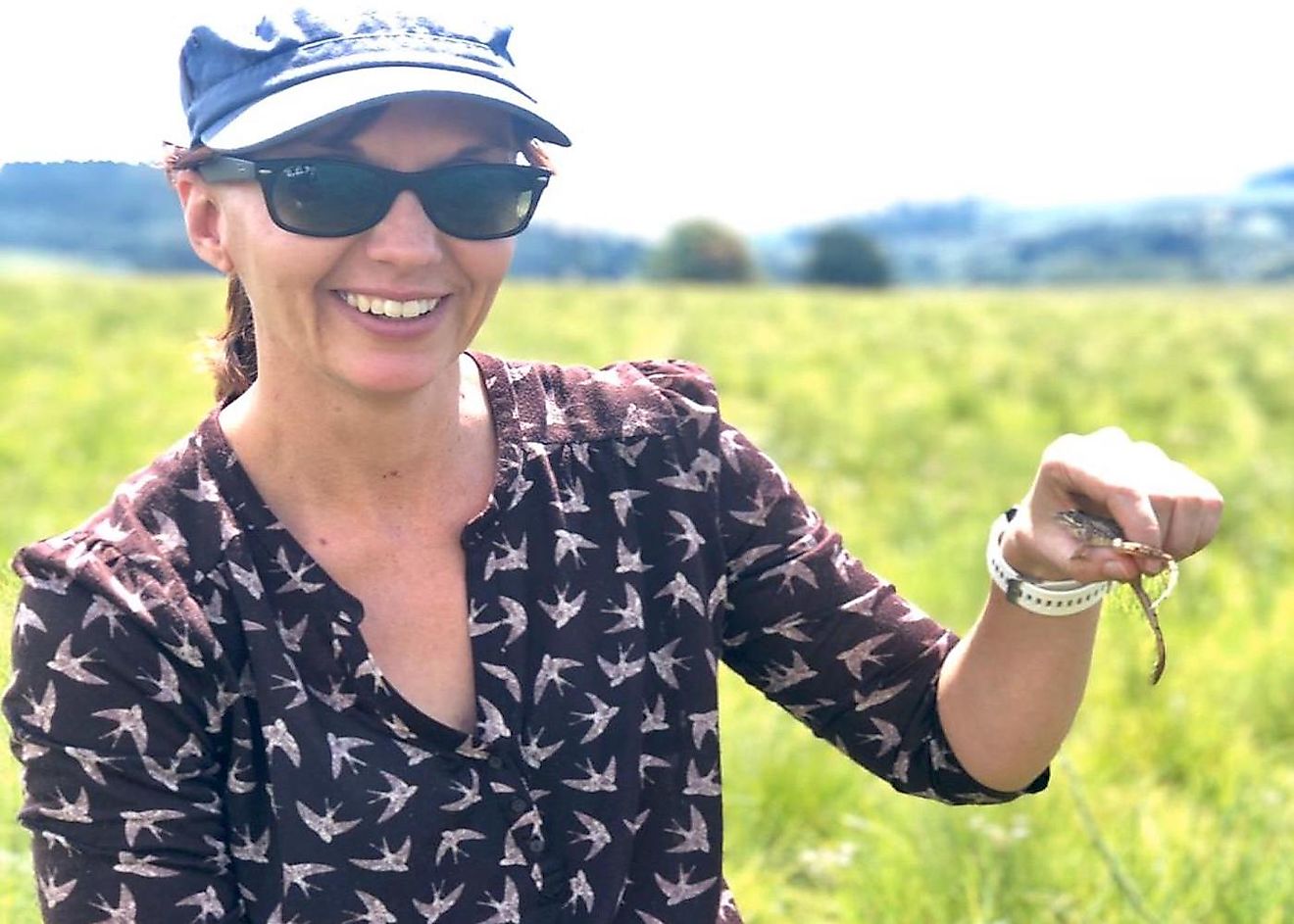
Some people think frogs are cute while others squirm at the very thought of them. Some even have a severe phobia called ranidaphobia that makes them terrified of frogs. In some parts of the world, frogs are associated with good omen while in other places, they are detested and linked to witchcraft. Most people, however, ignore these amphibians and do not spare a single thought on them.
The truth is that most of these unique creations of nature are completely harmless to us. They are actually super useful as their presence helps maintain the insect population in check and their absence indicates that something is grossly wrong with the environment, a warning sign that we must urgently heed to.
Recognizing this importance of frogs and other amphibians, Dr. Jeanne Tarrant and her team at Endangered Wildlife Trust (EWT), South Africa, are working diligently to ensure that these creatures do not disappear from the ecosystem.
With 12 years of experience in the field of amphibian research and conservation, Dr. Tarrant manages EWT’s Threatened Amphibian Programme that is based in Durban, KwaZulu-Natal, South Africa. In 2020, she received the prestigious Whitley Award or 'Green Oscars' for her commendable work on the conservation of South Africa's precious amphibians.
World Atlas had the pleasure and privilege of interviewing Dr. Tarrant. Below is the story of how she fell in love with the enigmatic amphibians of South Africa and why she is striving to protect them for future generations.
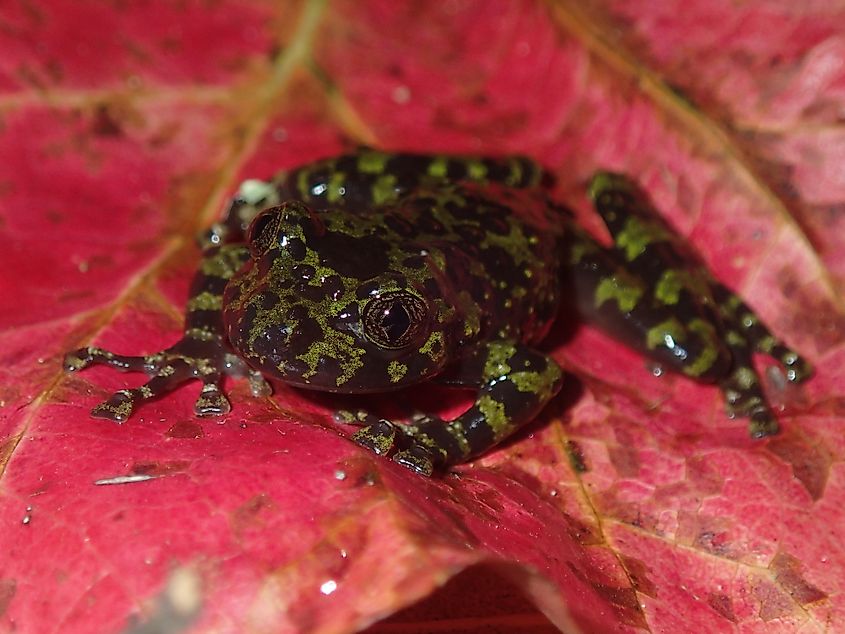
In Conversation With Dr. Jeanne Tarrant
How did you develop your passion for wildlife conservation?
I was among the fortunate few who grew up in proximity to the stunning Drakensberg Mountains of South Africa's southern KwaZulu-Natal province. My childhood days were spent exploring the incredible natural beauty and farming community of the place that inspired my love for natural landscapes and its wild inhabitants. Rather than cartoons, I would spend time watching David Attenborough’s BBC wildlife documentaries that enthralled me. One of my earliest wishes was to become a science journalist when I grew up.
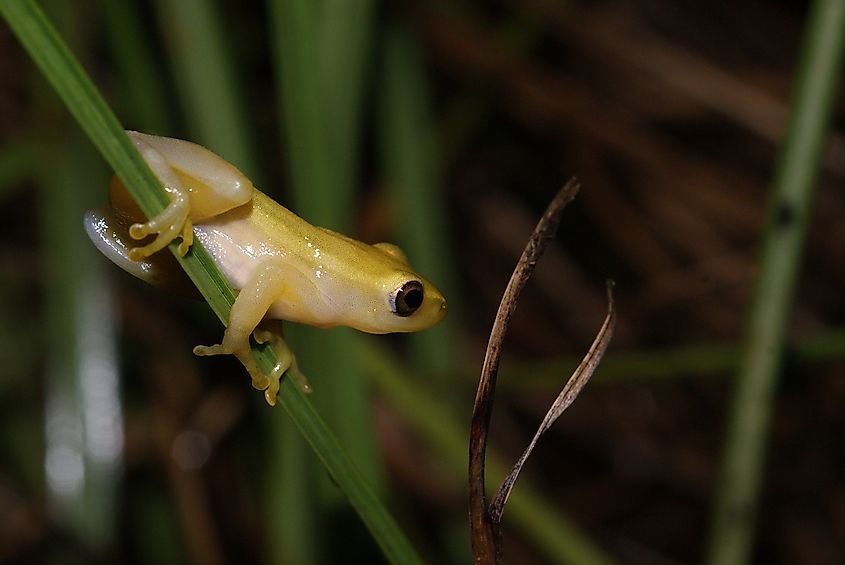
How did you direct your education and career to allow you to follow your passion?
I simply loved Biology and Art in High School. For a while I considered becoming a vet but then opted to pursue a B.Sc. degree instead, majoring in Zoology and Microbiology at Rhodes University, Grahamstown, South Africa. Following that I spent several years in the UK doing many odd jobs and finding out what I did not want to do, before returning to South Africa. Here, I enrolled for an MSc in Environmental Science at the North-West University, Potchefstroom, South Africa. I then pursued a Ph.D. in Zoology at the same university. Much of my Ph.D. and post-doctoral research was dedicated to studying the small and Critically Endangered Pickersgill’s Reed Frog, Hyperolius pickersgilli, which occurs only along the KwaZulu-Natal coastline.
Amphibians are a highly important but often neglected group. What made you focus your conservation work on these creatures?
Well, to be honest, I did not always feel a deep love for these creatures! I was actually quite scared of frogs while growing up. I was terrified of the large toads that often visited my childhood home and would yell at my dad to remove them as soon as I spotted them!
However, when I joined North-West University, life took a new turn. Here I was introduced to Prof. Louis du Preez, Head of the African Amphibian Conservation Research Group at the Zoology Department. My interactions with him helped change my perception of frogs and toads and I realized how fascinating they were! In no time, I fell in love with these beautiful creatures! Even to this day, I continue to learn new things about their amazing life histories and adaptations that have allowed them to be such a successful group -that is until now.
Today, amphibians are the most threatened group of vertebrates on this planet. According to the IUCN Red List of threatened species, 41% of the amphibian species face an extinction risk. Although a good volume of quality research related to amphibians is happening, little is being translated into applied conservation action. Through the Threatened Amphibian Programme, I aim to bridge this gap between amphibian research and applied conservation.
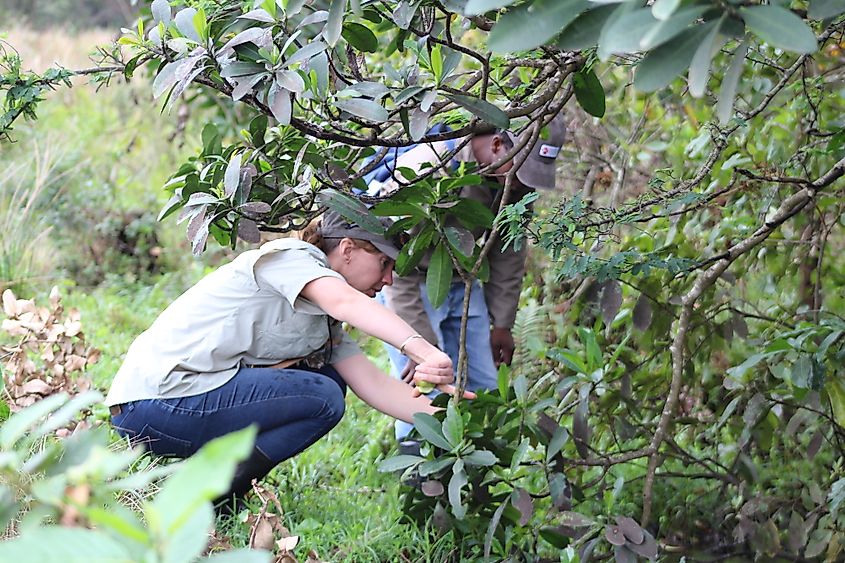
Why is it important to conserve amphibians?
Amphibians are a highly resilient group. Their ancestors lived on Earth even before the dinosaurs (from about 350 million years ago), and managed to survive the extinction event that led to the total disappearance of dinosaurs from the face of the planet. The modern-day amphibians that evolved from these ancestors have been sharing the Earth with other species way before we, the Homo sapiens, came into existence around 200,000 years back. Their high adaptability power has allowed them to occupy most places on Earth. Today, about 8,000 different types of amphibians live on this planet. They are astonishingly diverse, fascinating, and beautiful. Amphibians also play highly important roles in the ecosystem as mentioned below:
- They serve as food for a wide range of other animals.
- They consume insects in large numbers, including harmful pest species that may adversely impact crop production or harbor disease-causing pathogens.
- Threatened frogs represent important habitats, which in turn support our lives and livelihoods. Thus, protecting the frogs leads to the conservation of entire habitats.
- Because of their sensitivity to environmental changes, amphibians are also a good indicator of environmental health, and this links to human well-being too.
Simply put, losing frogs and other amphibians from the food chain would lead to dire consequences that would affect us as well. Also, the fact that 41% of amphibian species are facing extinction is a giant wake-up call for us to urgently preserve and protect the frogs and their habitat.
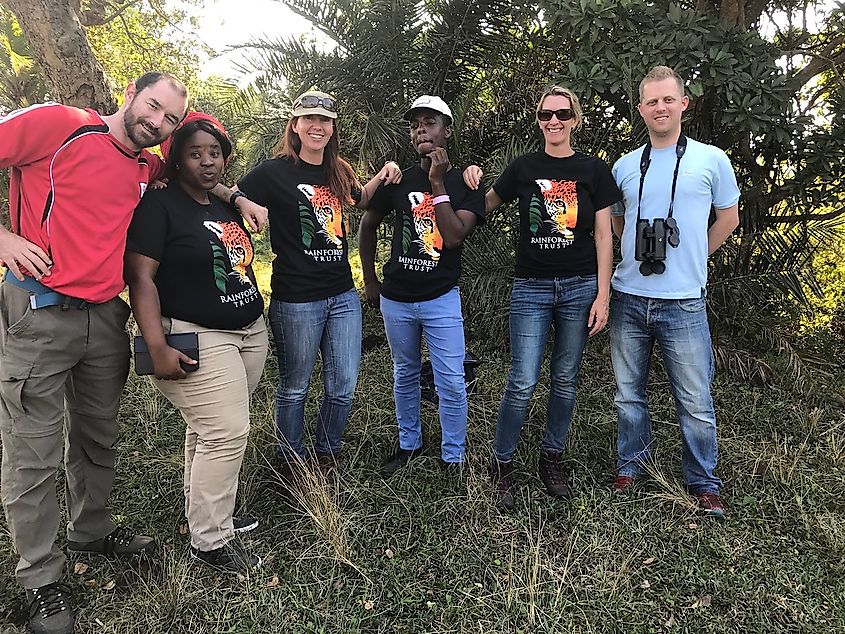
Please brief us on the amphibian conservation program at Endangered Wildlife Trust.
We are the only South African NGO that specifically focuses on frog conservation. The program currently employs 7 people – probably also the highest number of people employed by a single organization working directly on frog conservation projects.
Of course, we do not work in isolation but collaborate with government departments, academia, specialist consultants, and other NGOs. We also have the support of the international amphibian conservation community and depend on several donor organizations and companies for our program's funding. Also, a big thank you must go to the Whitley Fund for Nature for their recent award to me. It will help us progress further with our work on amphibian conservation, and allow us to expand our scope of work.
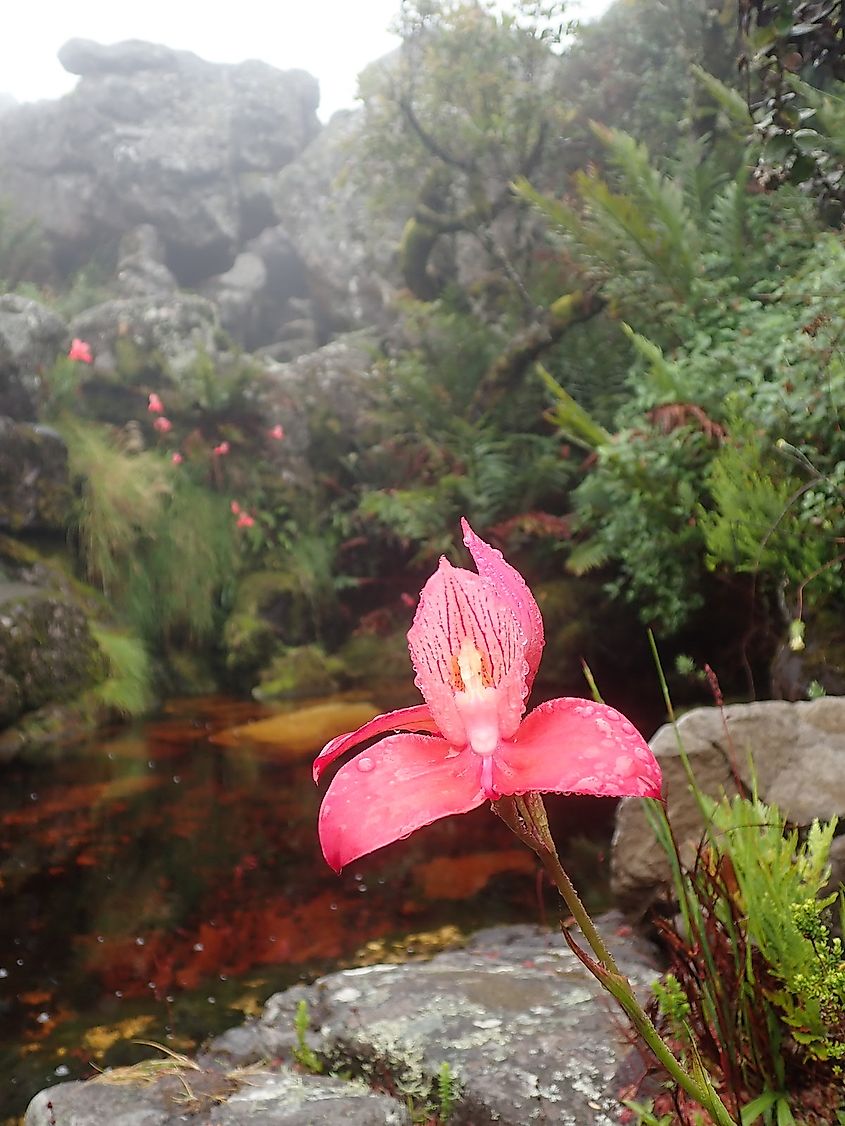
What are the biggest threats to the species you are protecting? How can the perils be overcome?
Habitat destruction and fragmentation is one of the top threats to amphibians in South Africa as well as the rest of the world. We have also lost a huge proportion of our wetland habitats in recent times primarily to activities like agriculture, industrial development, and residential projects. Another major issue is the spread of invasive species, especially alien plants that destroy natural habitats and dry up precious water resources. Amphibians are also very susceptible to pollution and changes in the environment. Many species are highly specialized to survive in only restricted habitats. Unlike birds and some large mammals, these tiny creatures cannot travel long distances in search of favorable conditions. Hence, they are also highly susceptible to climate change-induced environmental stress.
We are addressing these major challenges through our habitat protection and management work. We use threatened frog species as flagships for the conservation of vital amphibian habitats. We also have a Biodiversity Stewardship program to formally declare protected areas through landowner agreements.
Please brief us on The Biodiversity Stewardship Program
More than 80% of land in South Africa that is home to threatened biodiversity is privately owned by individuals or companies. South African legislation, under the National Environment Management: Protected Area Act, helps wildlife organizations to engage with landowners through a process called Biodiversity Stewardship to voluntarily set aside and protect vital wildlife habitats. The owners work with conservation experts to map out the area in question. Then, they collaboratively write a management plan on how the land will be looked after for a particular species, habitat, or group of species. Declaration then follows a legal process to incorporate the Protected Area zoning into the landownership contract.
At EWT, we are also utilizing Biodiversity Stewardship to protect important habitats of the threatened amphibians like the Endangered Pickersgill’s Reed Frog in Durban (500 ha of coastal wetland in Adam’s Mission).
Which amphibian species are currently the focus of your conservation work?
The Whitley Fund for Nature funded project includes 8 threatened species as a focus for implementing habitat protection and management. Here are details on some of them:
- Table Mountain Ghost Frog, Heleophryne rosei – Critically Endangered. It is known to exist only in six streams on Cape Town’s iconic Table Mountain. Very few people living around the mountain even know of this species’ existence. It is very elusive and was first discovered in Skeleton Gorge, hence its Halloween-y name. It is greeny-purple in color and has the most incredible eyes. It is adapted to streams and dwells in caves alongside them.
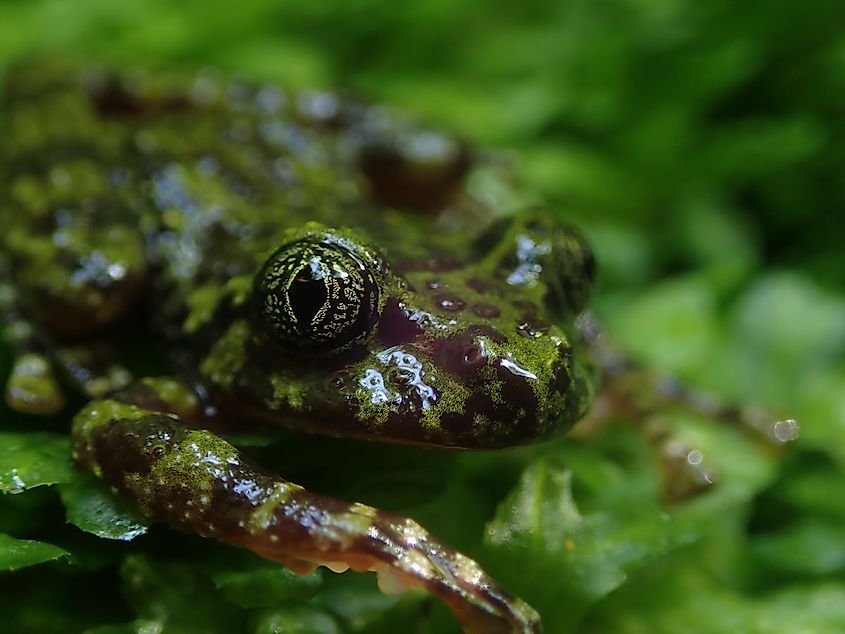
- Amathole Toad, Vandijkophrynus amatolicus – Critically Endangered, It is known only from the mountains near Hogsback. This species serves as a flagship for protecting many other species in the region. It represents a very valuable grassland habitat that is important for carbon sequestration, supporting livestock, and as one of the most critical watersheds in the Eastern Cape. In other words, protecting this habitat will help improve the lives of millions of people downstream (including in East London) who suffer from problems like water scarcity and poor water quality.
- Pickersgill’s Reed Frog, Hyperolius pickersgilli – Endangered. This species has been my focus since my Ph.D. years when it was known from just 8 sites and was listed as Critically Endangered. Through ongoing surveys, a better understanding of its habitat, and collaborative conservation, we now better understand the species. It is now known to live in 38 sites. However, only two of these sites are within formally Protected Areas. We are working to increase the number of sites at which the species is protected and improve the management of these life-giving coastal wetlands.
- The Kloof Frog, Natalobatrachus bonebergi – Endangered. The only species in its genus (monotypic), putting it on the EDGE list – Evolutionarily Distinctive and Globally Endangered. It is restricted to forested streams in KwaZulu-Natal and the Eastern Cape.
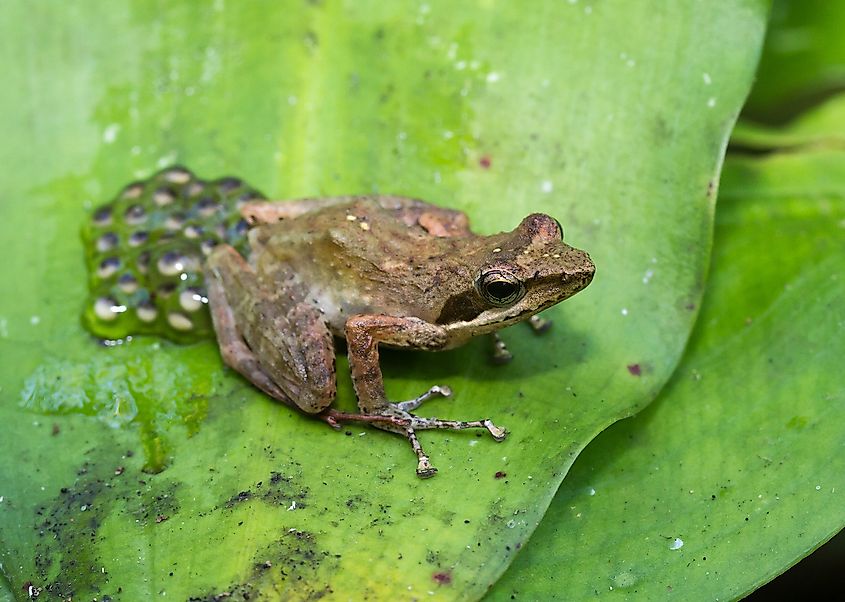
The grant from the Whitley Award has also helped us expand our scope of work. We are now adding three new amphibian species from the Western Cape – the Moonlight Mountain Toadlet, Micro Frog, and Rough Moss Frog to be protected through our conservation work. These are all small, endemic, threatened frog species that need to be studied extensively to allow us to have a deeper insight into their current conservation status.
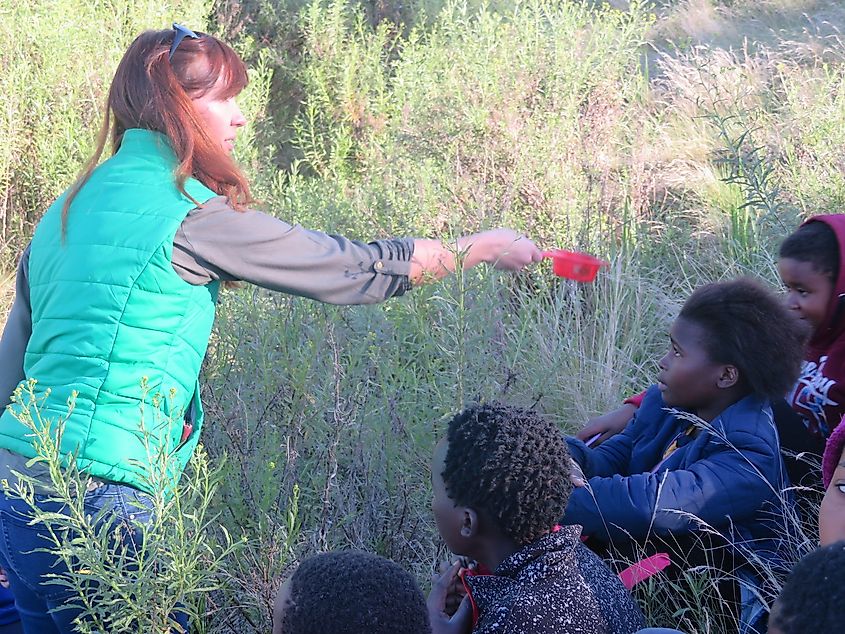
What are the major challenges faced by you and your team in amphibian conservation?
‘Business as usual’ is a big threat as it results in habitat loss due to mining and large-scale developmental projects. However, the smaller, insidious and illegal developments also create conservation challenges. Besides, the local attitude towards frogs is often not a big help. In South Africa, local communities usually associate frogs with witchcraft and fear them. They do not consider them as important animals to be protected and that makes saving them even more difficult. Part of our work is to better understand the myths and superstitions associated with these amphibians and dispel them through environmental education. We also try to promote social change that improves people's attitudes towards frogs.
Do you think amphibian tourism will help in their conservation?
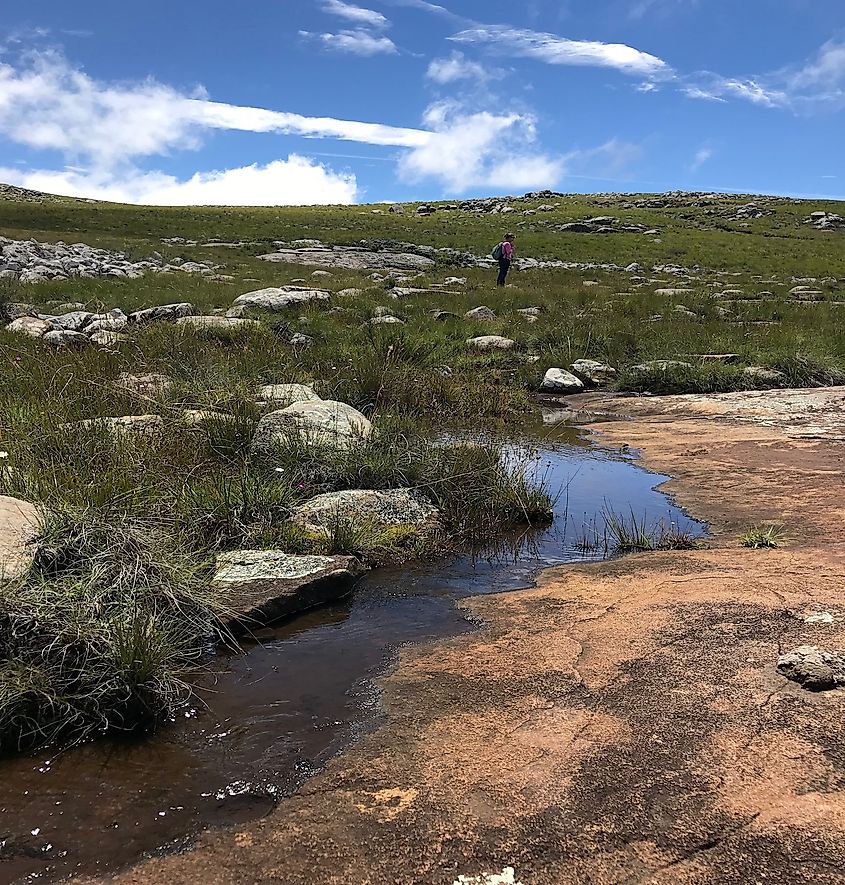
Absolutely!
There is a definite increase in people’s interest in smaller wildlife and in taking part in activities like ‘frogging’. It is also easier for people to travel locally to watch interesting amphibians in their unique habitats than to go on game drives or travel to far-off destinations to see large mammals like the Big Five. People, and especially kids, love the outdoors and going out to watch frogs at night (when they are most active) can be highly thrilling. So, there is definitely scope to increase frog-related ecotourism. Through our program, for example, we are in the process of developing the KZN Frog Route (on the KwaZulu-Natal coast), which will also help train and employ local community members in tourism initiatives.
What is your message to the world? Why amphibians must be saved?
Appreciate nature and the important role that amphibians play for all of us! The best thing you can do is learn more about the frogs in your area. There are many excellent resources to help you do this. Also, here are some dos and dont's that will help keep frogs safe and secure:
- Attract frogs to your garden by having indigenous plants and if possible, a small pond.
- Don’t buy frogs as pets or food.
- Don’t run over frogs. Look out for them on rainy nights.
- Don’t use pesticides or herbicides in your garden.
- Don’t use harmful chemicals in your home.
- Consider where your food came from and how it got there.
- Donate to the EWT Threatened Amphibian Programme.
Ultimately we need more people to engage in amphibian conservation activities, and wildlife conservation in general, to address the major environmental threats facing the world. Frogs are truly fascinating animals and the greater the number of people who realize this, the further ahead we will go towards securing the survival of these animals.











